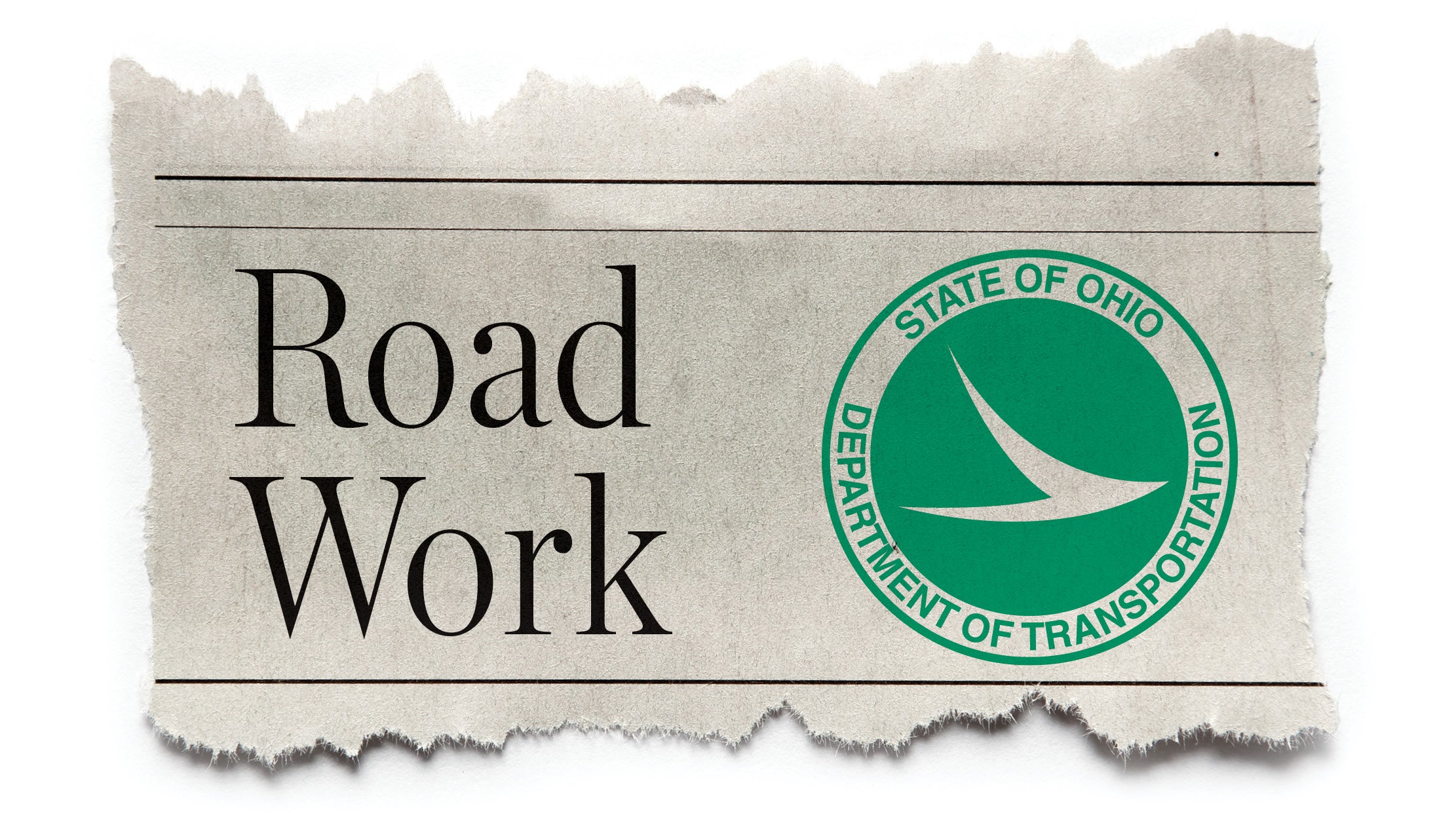Much upkeep required for pump stations
Published 10:08 am Monday, September 15, 2014
When heavy rain comes down in Ironton, the city’s pump stations get to work. What many residents never see is the time and money required to keep the pumps working for the benefit of the community.
“We have one employee, sometimes two, to maintain six miles of floodwall and nine pump stations throughout the city,” Ironton Mayor Rich Blankenship, said. “If we don’t have these, we are in trouble, and that’s the truth.”
On the ballot in November is resolution 14-29 proposing a five-year 2-mill replacement levy. A measure Ironton Finance Director Kristen Martin said the Lawrence County Auditor’s Office certified would generate $265,500 a year; twice the amount of the current levy. The levy would go toward maintaining the floodwall and everything associated with it, Blankenship said, including encroachment and mandatory painting.
“If the levy doesn’t pass, the city still has to maintain the floodwall,” Blankenship said.
Street Department Superintendent Mike Pemberton said if the levy failed the U.S. Army Corps of Engineers would send a crew to Ironton and bill the city government, or hire a private contractor for which the city would have to pay.
“So much maintenance needs to be done on these things,” Pemberton said. “There’s a large subsurface gate on tracks that periodically has to be greased. To get to it you have to climb down below the pumps and crawl back in there. Air tests have to be performed prior to greasing the track and two people are required to complete the job. Simply put, it’s a lot of work.”
The Railroad Street pump station handles all rainwater from Mulberry Street to Storms Creek. Pemberton said if any failure was to occur it’s going to happen at the Railroad Street station because of a corroded and deteriorating underground pipe that is full of water.
The city recently received a letter from Corps of Engineers Levy Safety Program Manager Steve Spagna detailing what needs to be done because of the pipe, which could cause flooding if it failed.
A price estimate to fix the pipe from the Corps of Engineers was $911,000.
“If just this one pump station doesn’t work,” Blankenship said, “water could back up all the way to Mulberry Street. Even though people don’t see them working doesn’t mean these pumps aren’t in operation. Most people are unaware when these things even kick on. We have to monitor them and make sure they are working properly.”
Pemberton said if a pump station failed, water would come out of the catch basins and flood the streets until it reached the closest operable pump station.
“You don’t want to get to that point because if it’s coming up out of the street it’s flooding basements somewhere,” Pemberton said. “The pump station the water finally reaches would be handling what it already is supposed to handle plus what was diverted because of the one that failed.”
Ironton’s floodwall system was built by the Corps in 1940, which then turned operating duties over to the city.
“Overall picture is to educate the public on what we have; how many pump stations and what they do,” Blankenship said. “What goes into keeping them maintained and what it takes to comply with the many rules and regulations set forth by the Corps of Engineers. The Corps basically told the city, ‘We built it, but it’s yours. You have to abide by our rules and you have to pay for it. Now 74 years later here we are.”
Complying with the Corps’ codes and regulations is itself a major job.
“It’s unreal what we have to do to comply with the floodwater code,” Pemberton said. “Everybody was kind of lax until Hurricane Katrina and the federal government decided to inspect them all.”
In the wake of Hurricane Katrina in 2005 the federal government hired contractors to go all over the country and inspect floodwalls. Inspectors looked closely at all six miles of Ironton’s floodwall, even crawling into pipes looking at gates.
Pemberton said he spent two days with an engineer from U.S. Global Insurance hired to do nothing more than determine the importance of a floodwall to a community. Blankenship said what many people never consider is the fact that businesses look at the possibility of a floodwall getting decertified because of the insurance liabilities.
“We had a business inquire about flood protection and infrastructure,” Blankenship said. “New businesses look at the type of things like this that are in cities. It doesn’t make a good impression if your floodwall system has an ‘unacceptable’ rating.”
Questions about the floodwall system can be directed to Pemberton at 740-532-3814.




